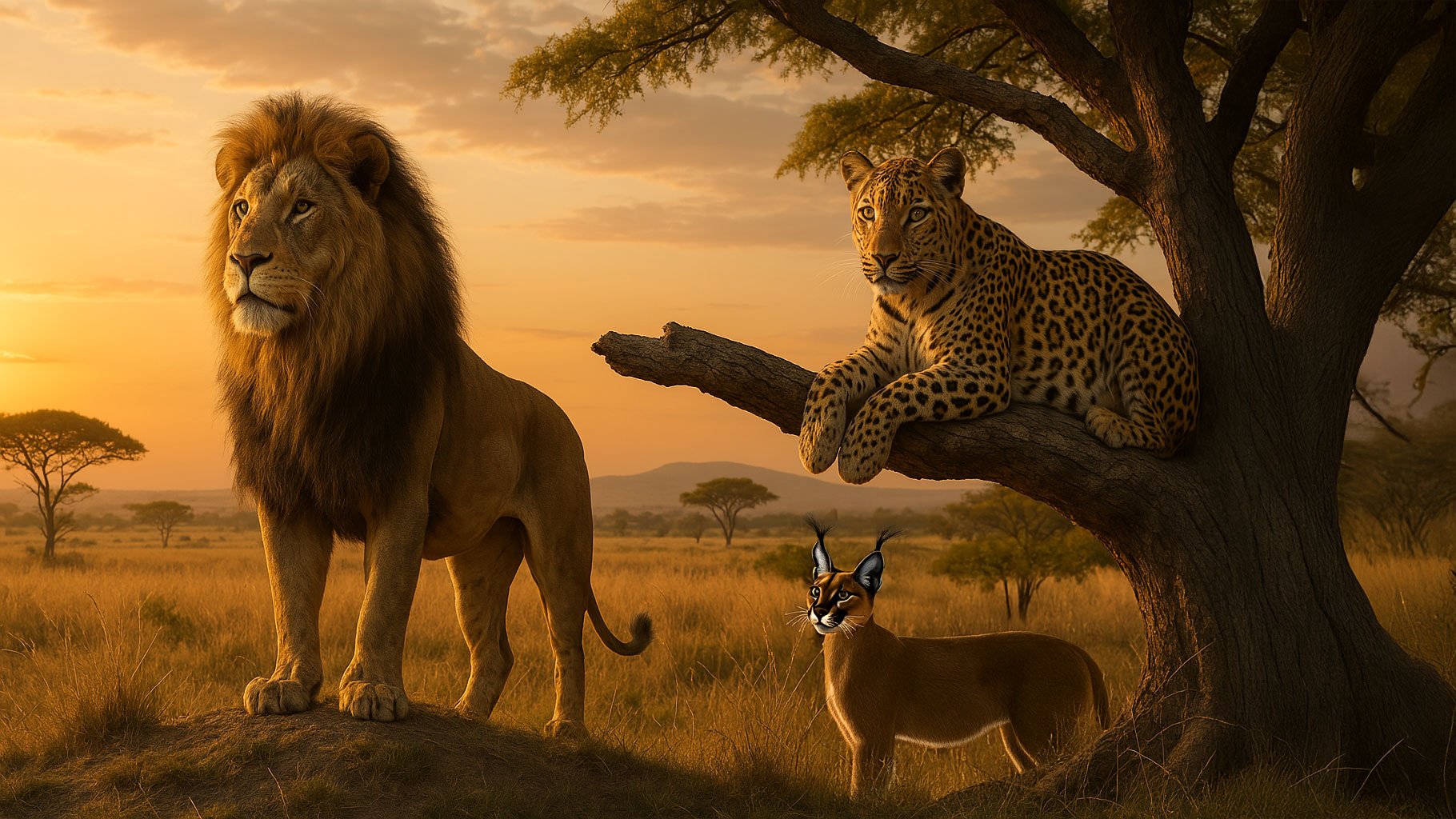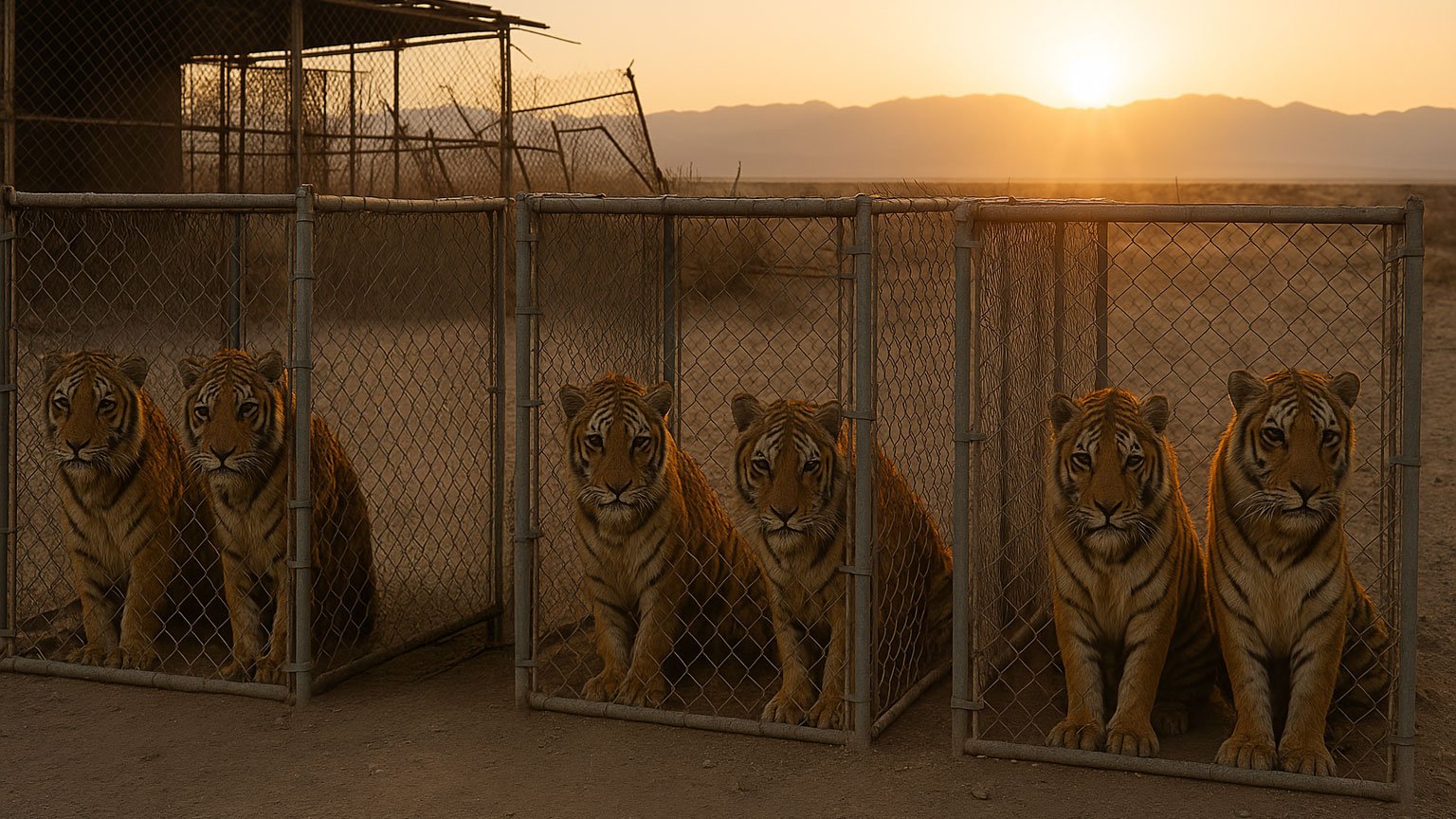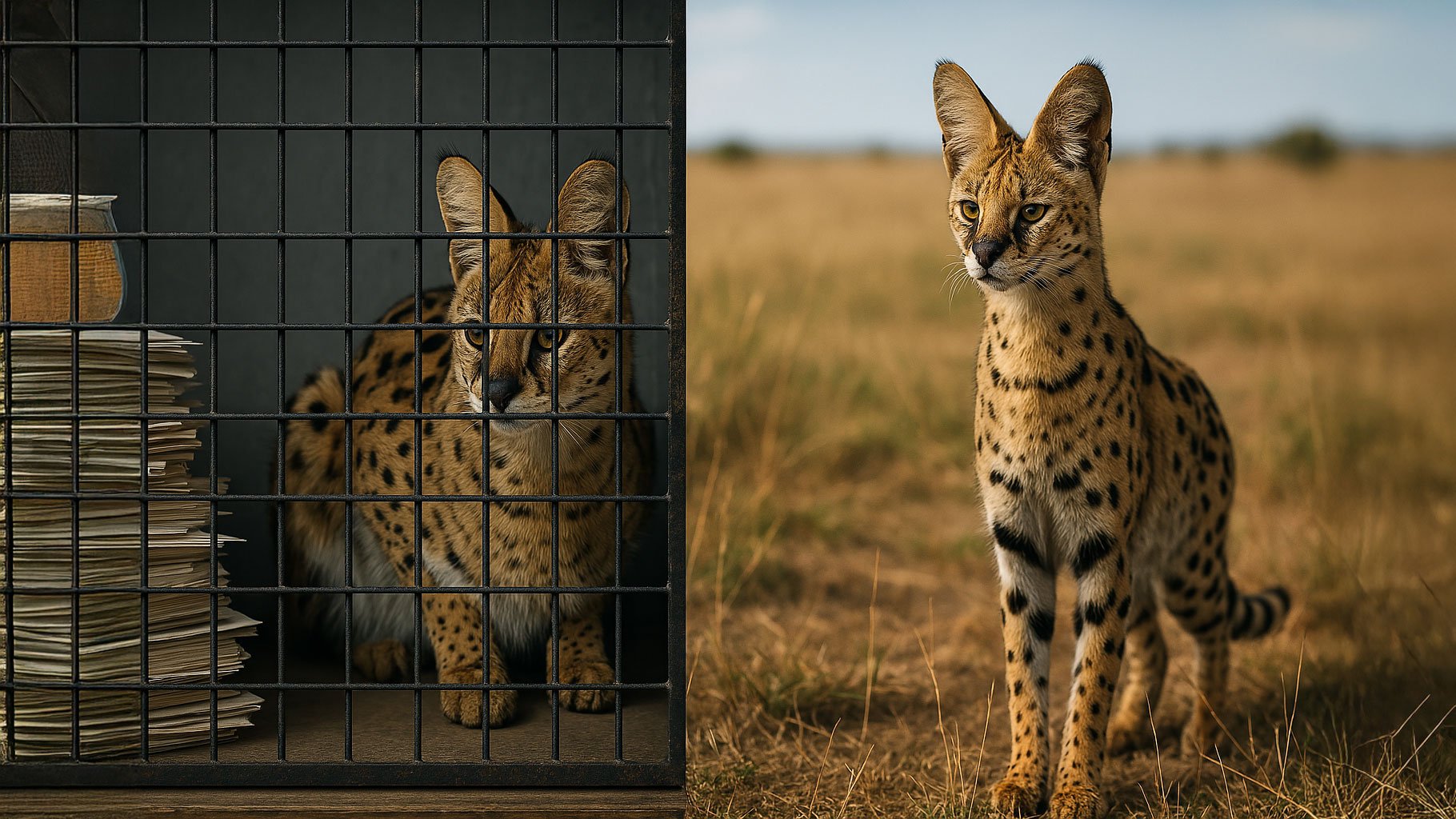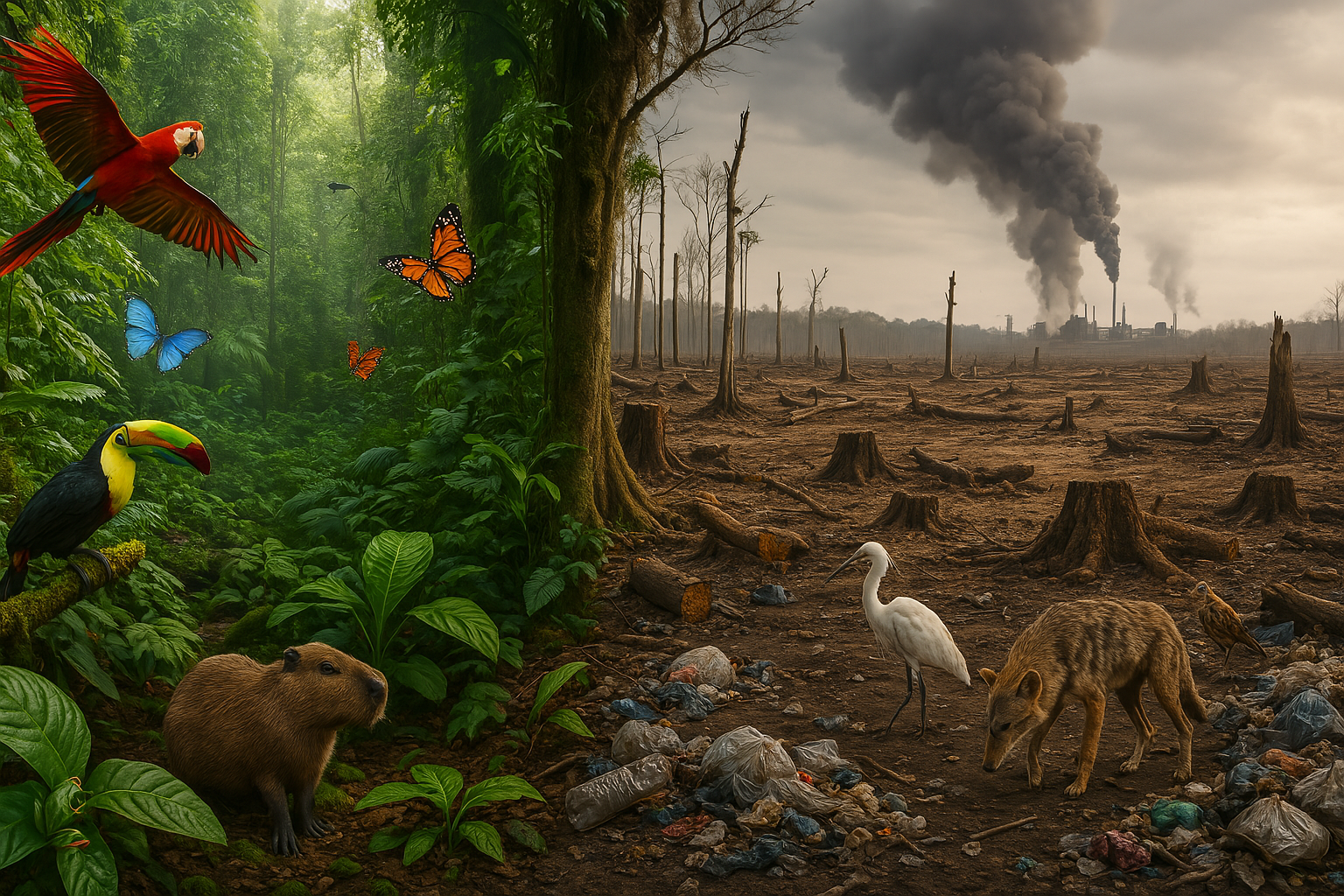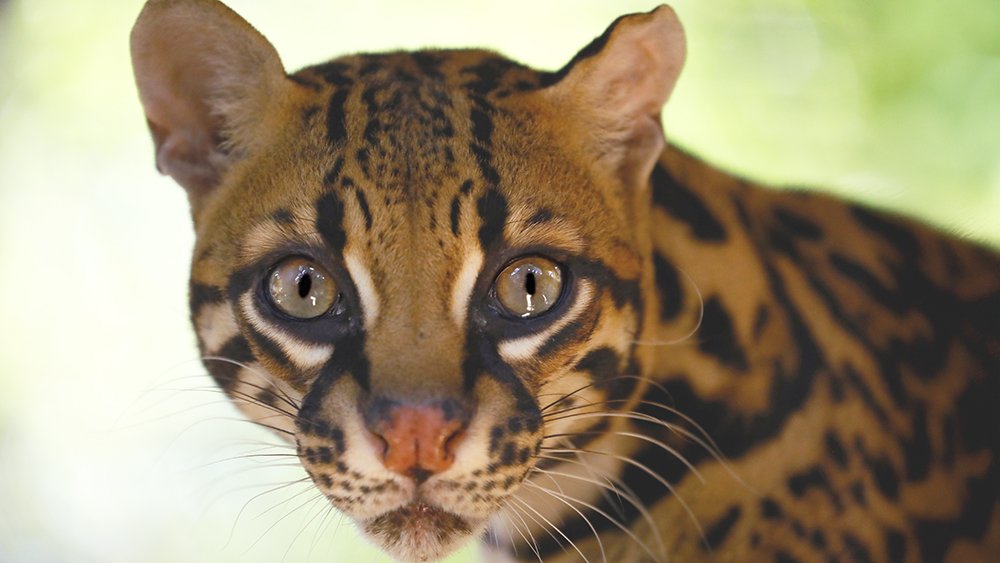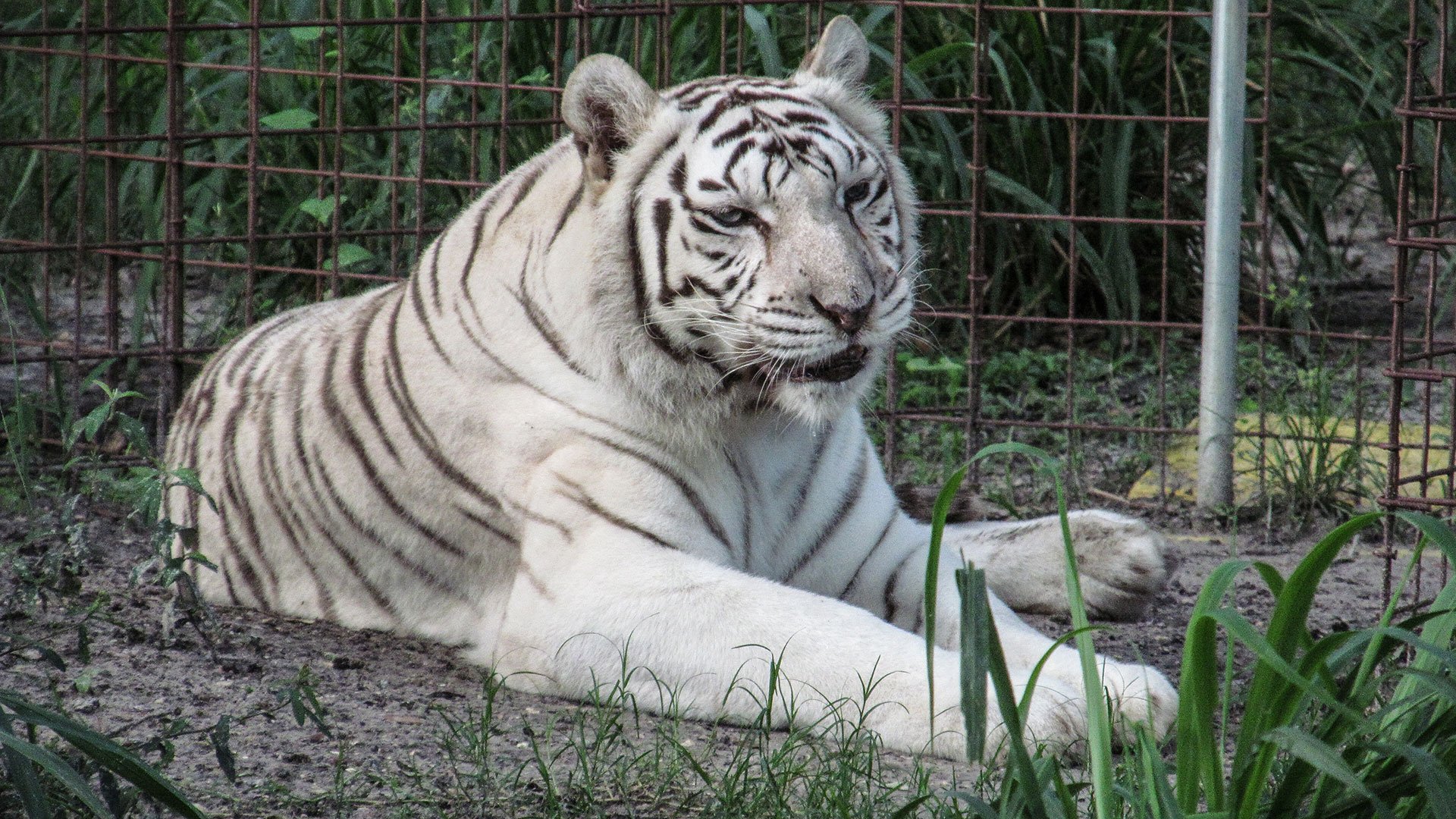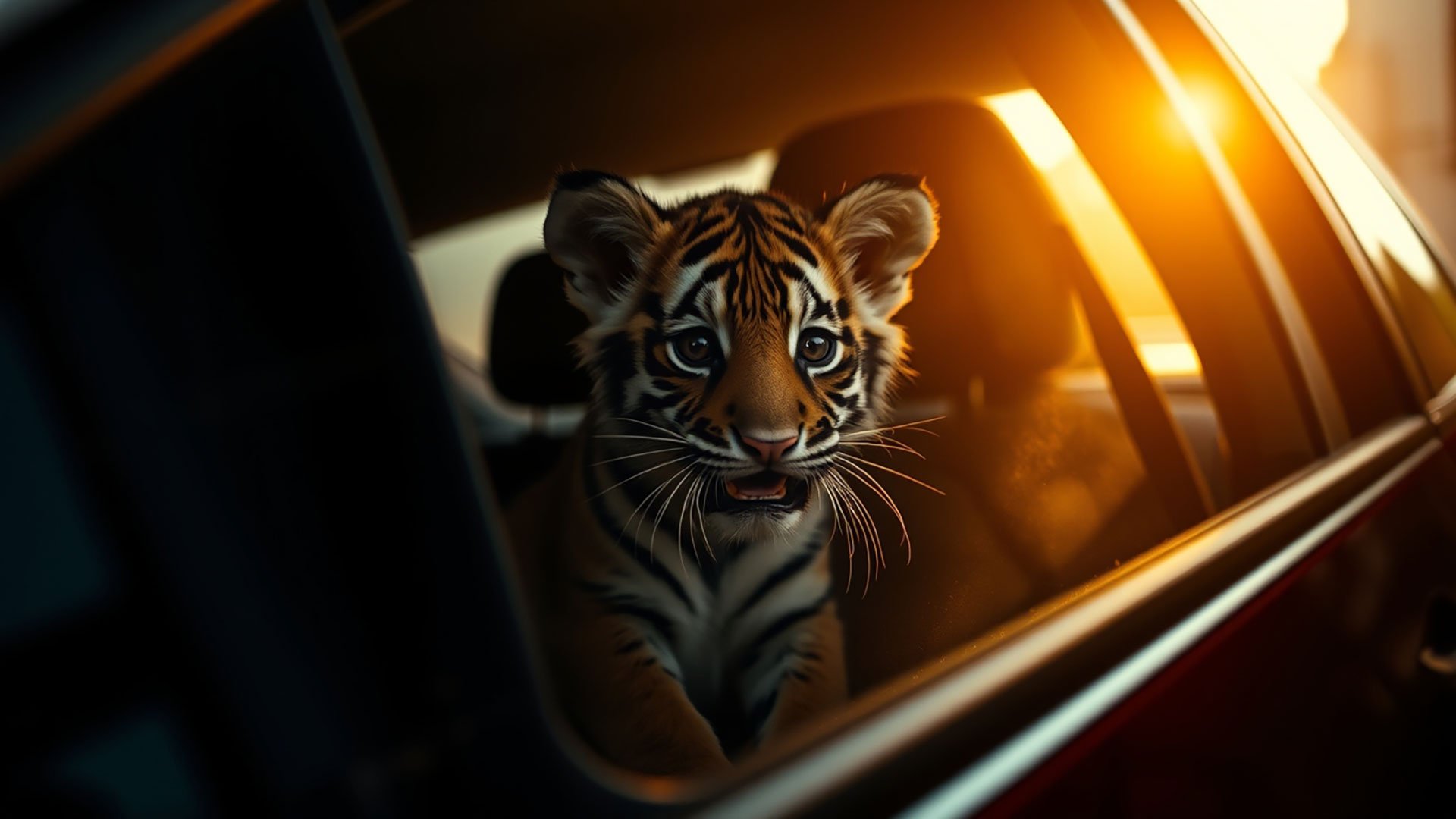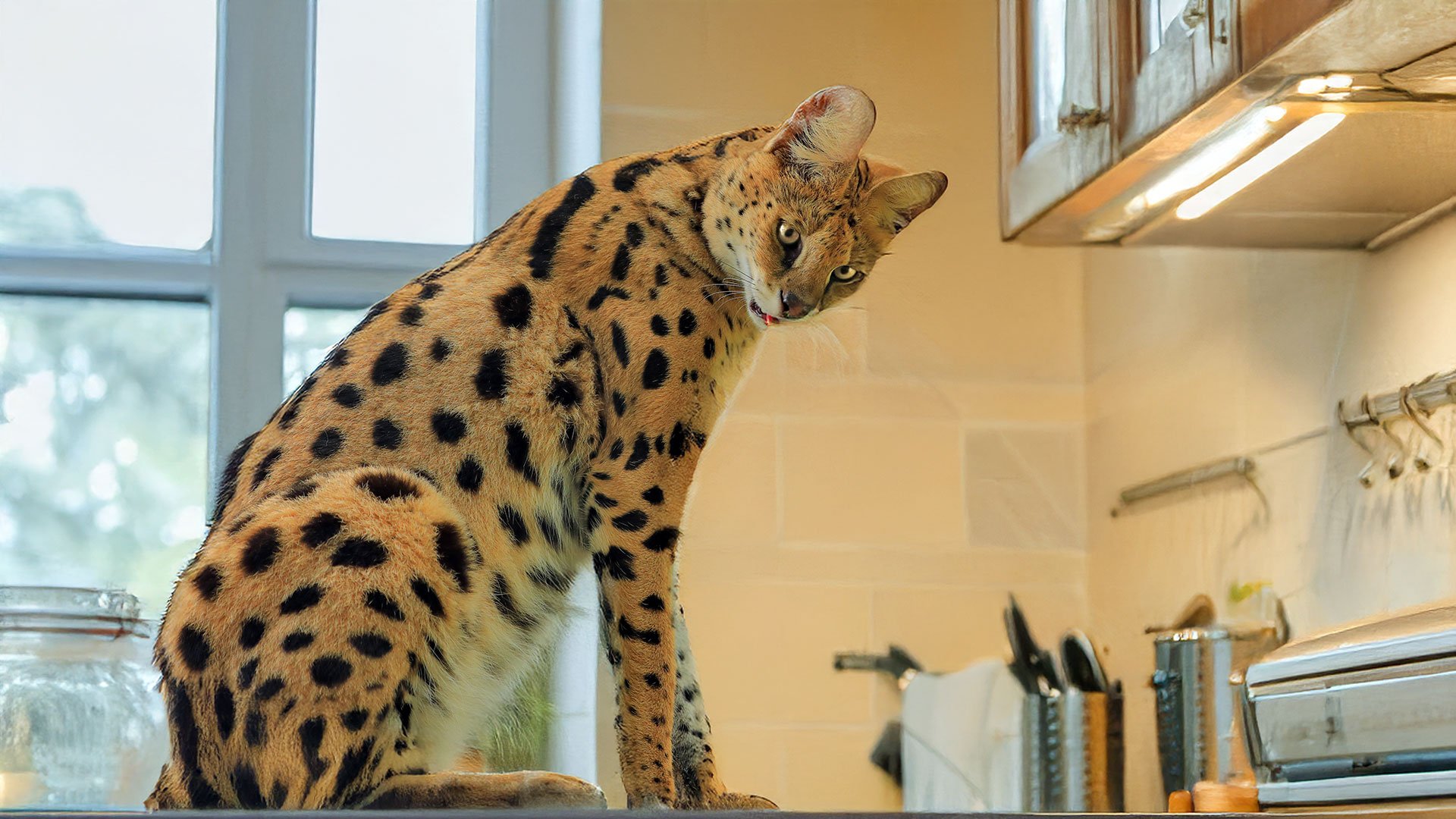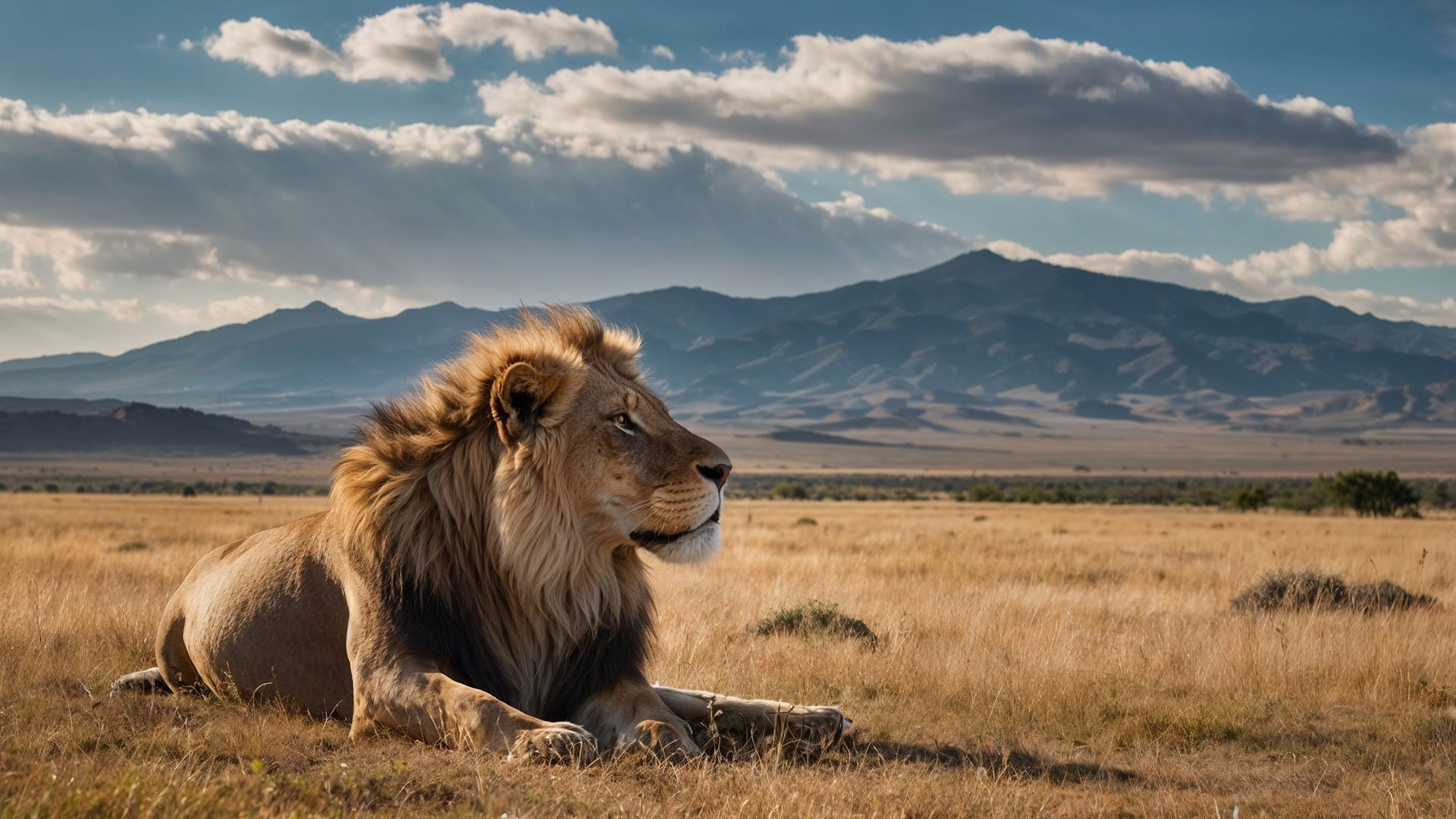Reimagining Conservation: Why Sanctuaries Must Replace Zoos
Captive Tiger VS Wild Tiger
In a world where we are becoming increasingly aware of the ethical implications of keeping wild animals in captivity, the conversation around conservation is evolving. A powerful article by Free the Wild titled "Reimagining Conservation: How Sanctuaries Can Replace Zoos" shines a spotlight on a future where true sanctuaries, not commercial zoos, take center stage in protecting wildlife.
The Problem with Zoos: A Legacy of Captivity
For centuries, zoos have been marketed as hubs of education and conservation. Children grow up believing zoos are a necessary part of understanding wildlife. But behind the glass walls and artificial enclosures lies a harsher truth — animals stripped of their autonomy, forced into environments that rarely meet their complex needs.
Lack of Space and Enrichment: Tigers who roam over 20 miles a day in the wild are confined to enclosures the size of a suburban backyard or much, much less.
Breeding for Captivity: Many zoos justify breeding programs for wild cats as conservation, yet these animals are always destined for lifetimes in captivity with no hope of returning to the wild.
Neglect of True Conservation: Only a fraction of zoo revenues ever reach genuine wildlife conservation initiatives. Most profits go toward maintaining the facilities and acquiring more animals.
Sanctuaries: Where Conservation Meets Compassion
Sanctuaries offer a vastly different narrative. Unlike zoos, true sanctuaries prioritize the welfare of animals, providing them with expansive, naturalistic environments where they can exhibit natural behaviors and live free from exploitation.
Rescue and Rehabilitation: Sanctuaries rescue animals from circuses, roadside attractions, and private owners. They provide a safe haven for animals that would otherwise endure lifelong suffering.
No Breeding, No Trading: Ethical sanctuaries do not engage in breeding or selling animals. Their mission is to care for animals who cannot return to the wild, not perpetuate captivity.
Public Education Through Empathy: Sanctuaries educate the public through non-exploitative means such as virtual tours, documentaries, and interactive digital experiences. This fosters compassion without compromising animal welfare.
Sanctuaries Are the Future — And Here’s Why
As public attitudes shift toward more ethical treatment of animals, the demand for change is growing. Sanctuaries provide a sustainable, compassionate alternative to zoos, one that aligns with the values of a more informed society.
Digital Experiences Over Enclosures: Virtual reality (VR) and augmented reality (AR) technologies offer a chance to experience animals in their natural habitat without removing them from it.
Focus on Habitat Preservation: True conservation means protecting wild habitats where animals belong, not creating a false sense of security through captive breeding.
Modeling Ethical Tourism: Sanctuaries demonstrate that ethical wildlife encounters — observing animals in their natural environments or supporting rescue efforts — can replace the outdated zoo model.
A Call to Action: Be a Voice for Change
The shift from zoos to sanctuaries won’t happen overnight, but it begins with awareness and action. Here’s how you can make a difference:
Support Sanctuaries, Not Zoos: Donate, volunteer, and spread the word about organizations that prioritize animal welfare.
Advocate for Policy Change: Push for legislation that supports sanctuaries and restricts the exploitation of wild animals in captivity.
Educate the Next Generation: Teach children that compassion is the foundation of true conservation.
At Big Cat Rescue, we’ve already made this shift. We moved our last remaining big cats to a true sanctuary, Turpentine Creek Wildlife Refuge, and redirected our efforts toward protecting wildcats in the wild. It’s time for the world to follow suit.
Hope Lies in Our Hands
The future of wildlife doesn’t belong in cages. It belongs in the vast, untamed wilderness where lions prowl, tigers stalk, and leopards silently navigate the dense underbrush. Sanctuaries give these animals the chance to live out their days with dignity — and give us, as humans, a chance to protect their future without exploiting their present.
Let’s not settle for a world where wild animals exist behind bars. Together, we can reimagine conservation and create a future where sanctuaries replace zoos.
Support sanctuaries. End the era of zoos. The animals — and our planet — deserve nothing less.
Read more: https://www.freethewild.org/post/reimagining-conservation-how-sanctuaries-can-replace-zoos




